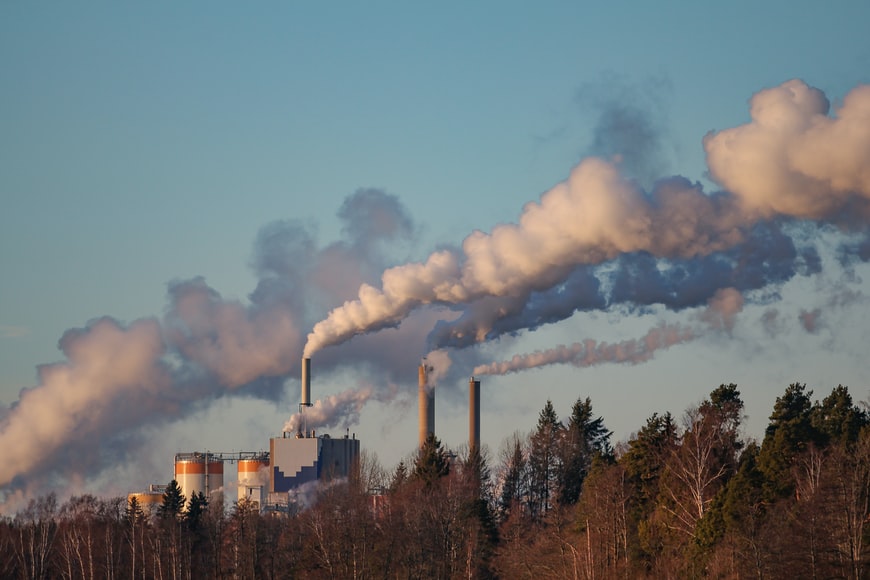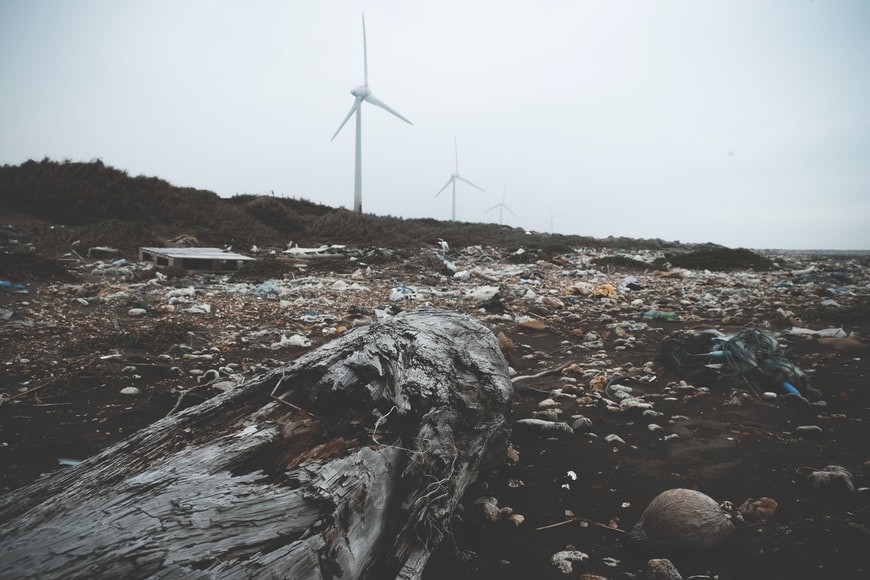Reduce Air Pollution With These 10 Tips.
Let’s Have A Look At The 10 Most Effective Methods For Cutting Pollution.
Taking The Bus Or Train To Work.
To reduce air pollution, taking public transportation is a definite short-term solution. Even carpooling contributes to it. Taking public transportation can save you money as well as reduce the amount of gasoline and gas released into the environment.
When Not In Use, Turn Off The Lights.
Lighting consumes a lot of energy, which contributes to air pollution. By using less electricity, you may save energy. To help the environment, choose fluorescent lights that use less electricity.
Recycle And Repurpose.
To reduce air pollution, recycling and reusing not only preserves natural resources by judiciously allocating them but also aids in resource conservation and judicious resource use. Making new items from recycled materials uses less energy as well.
Plastic Bags Are A No-No.
Due to their oil-based composition, plastic items can have a negative impact on the environment because they take a long time to degrade. Paper bags are a superior substitute because they degrade quickly and can be recycled.

Limiting Wildfire And Cigarette Smoke Emissions.
Air pollution is greatly exacerbated by the burning of garbage or dry leaves in dry seasons, as well as by smoking, both of which pollute the air and exacerbate its already poor quality while also harming one’s own health.
Use Of Fans Rather Of Air Conditioners As A Cooling Method.
The use of air conditioners consumes more energy also releases an amounts of energy into the atmosphere, which is harmful to the climate. When compared to fans, air conditioners use a lot more power & energy to operate.
Chimney Filters Should Be Used.
In houses and factories, the gas which is produced by fireplaces is particularly harmful to the air quality. This will help to limit the influence of dangerous gases absorbing into air by using filters at least if consumption cannot be reduced, which is why they’ve been used at the very least.
Avoid The Use Of Crackers At All Costs.
Sadly, one of the most common causes of air pollution at celebrations like weddings and festivals is the lighting of firecrackers, resulting in an unhealthy coating of smog. As a result, the prohibition on crackers should be put into effect.
Avoid The Use Of Chemically-Laced Goods.
Paints and perfumes, for example, should be used sparingly or outside the home if they include chemicals. Using goods wit low chemical content or organic qualities can also be an option.
Reforestation Should Be A Priority.
Lastly, make an effort to increase the number of trees in your yard. Tree-planting is a great way to improve the environment and increase the amount of oxygen in the atmosphere.
Why The Is Pollution Prevention So Crucial?
Preventing pollution lowers both the financial and environmental costs of waste management and cleanup. By conserving and maintaining natural resources, pollution prevention reducing environmental impact as well as boosting the economy by reducing the need for individuals, businesses, and communities to deal with garbage.




